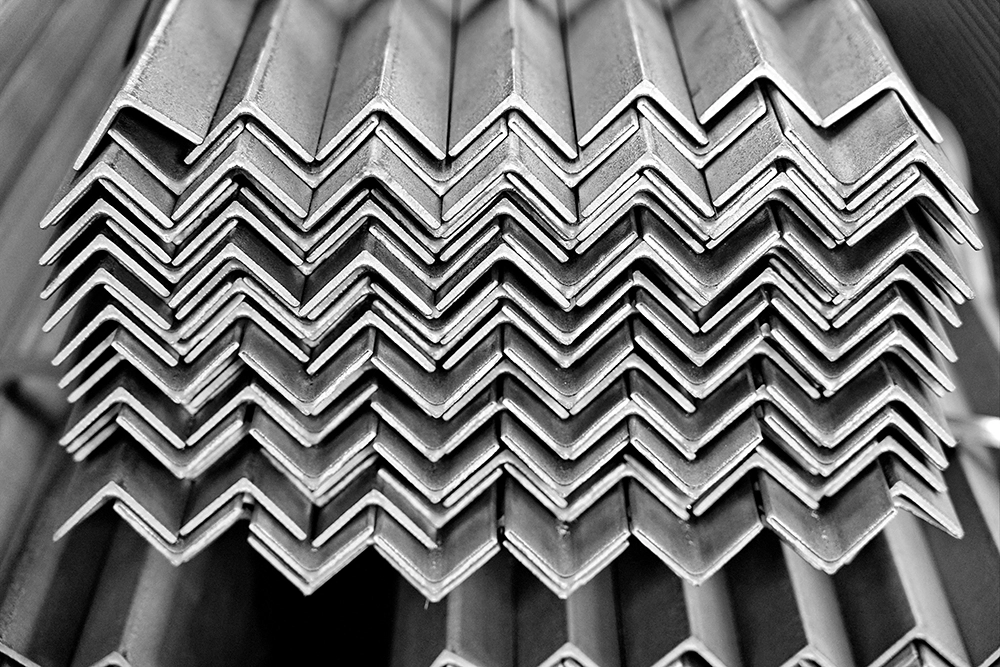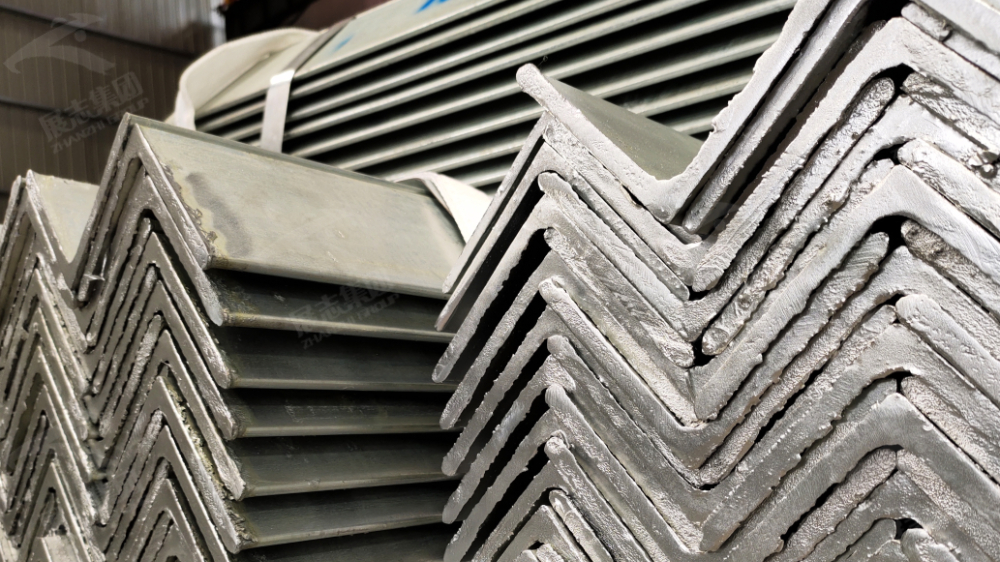
When it comes to selecting durable and reliable structural materials, stainless steel angle bars stand out as a top choice for many industrial buyers. Their high strength, corrosion resistance, and versatility make them ideal for a wide range of structural and fabrication applications. Whether you're working in construction, shipbuilding, chemical processing, or manufacturing, stainless steel angle bars offer unmatched performance.
In this comprehensive guide, we’ll walk you through the key features, applications, grades, sizes, and purchasing tips for stainless steel angle bars—helping you make an informed buying decision.
A stainless steel angle bar is a long piece of stainless steel with an L-shaped cross-section, typically used to support structures or frameworks. It features two legs that meet at a 90-degree angle, and the legs can either be equal (equal angle bar) or unequal (unequal angle bar) in length.
Commonly produced through hot rolling, cold drawing, or laser fusion welding, stainless steel angle bars are available in various sizes and thicknesses to meet different structural requirements.
Industrial buyers favor stainless steel angle bars for several critical advantages:

When sourcing stainless steel angle bars, selecting the right grade is essential. Here are the most widely used grades:
Stainless steel angle bars are manufactured to various international standards, including:
Typical sizes range from:
You can choose between equal angle bars (e.g., 50×50×5 mm) and unequal angle bars (e.g., 75×50×6 mm), depending on your structural needs.

Due to their versatility and strength, stainless steel angle bars are used in a wide range of industrial applications:
To ensure you select the best angle bar for your application, consider the following factors:

At SUNNING STEEL LIMITED, we specialize in exporting high-quality stainless steel angle bars to global industrial buyers. Here's why clients choose us:
Whether you need standard angle bars or custom-fabricated solutions, we can meet your specific requirements with precision and speed.
Whether you need standard angle bars or custom-fabricated solutions, we can meet your specific requirements with precision and speed.

Stainless steel angle bars are a cornerstone of modern industry, offering strength, corrosion resistance, and flexibility in use. For industrial buyers, choosing the right type, grade, and supplier is crucial to ensuring structural integrity and long-term performance.
If you’re ready to place an order or need technical support, feel free to contact SUNNING STEEL LIMITED. Our team of experts is here to help you find the ideal stainless steel angle bar for your project.
📧 Contact Us Today for a Quote or Free Sample!
🌐 www.sunningsteel.com | ✉ [email protected]